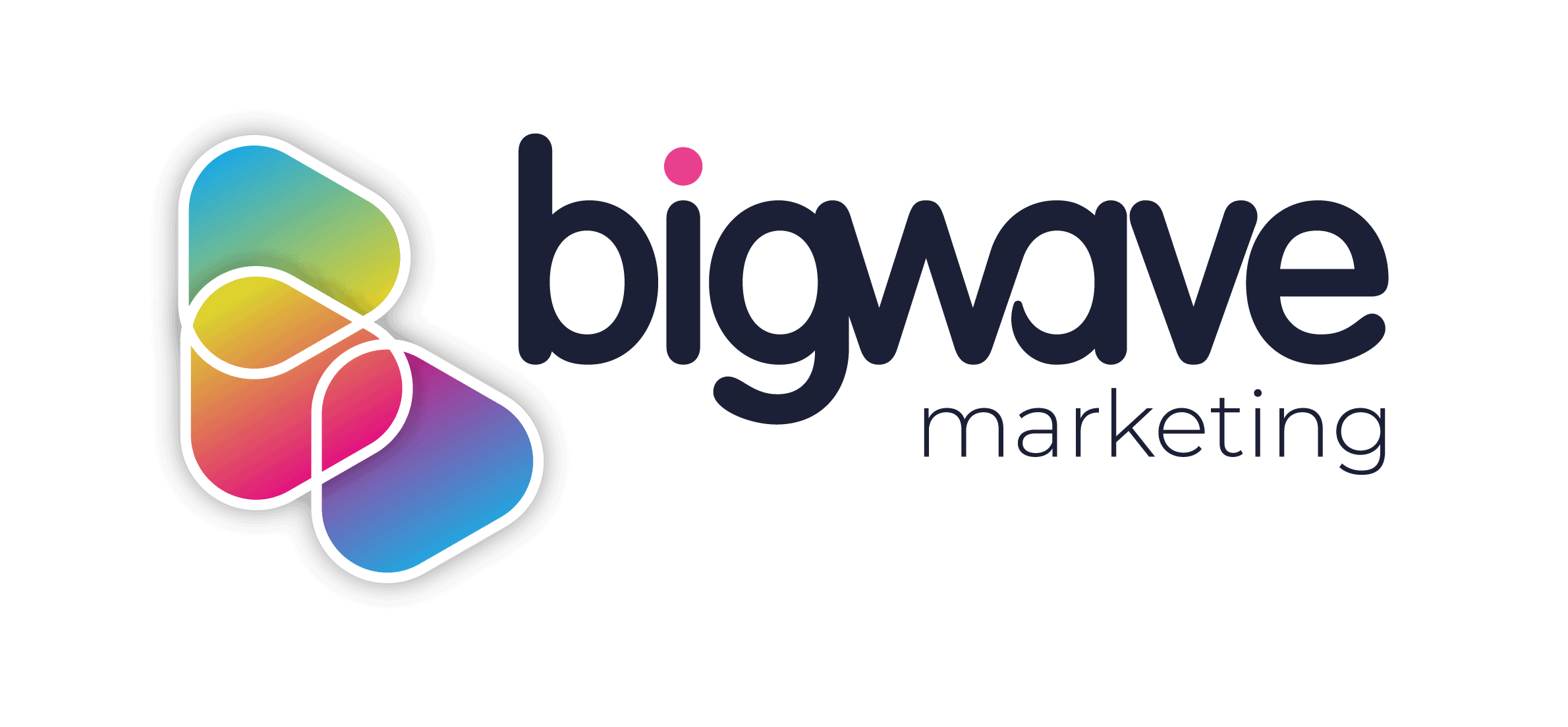
What is Facebook advertising?
Advertising campaigns can be run on Facebook using a pay-per-click (PPC) model. Facebook campaigns offer a highly effective way to boost your profile, increase page likes, drive traffic to your website or to boost awareness of your company or a selected product. Facebook advertising appears on newsfeed, mobiles or as a right hand side advert, depending on your overall goal, e.g. page likes, event responses or clicks through to your website.
Effectiveness
A PPC campaign with good planning and targeting delivers an extremely cost effective way to advertise your products or services – particularly when compared to the cost of more traditional forms of advertising. A Facebook PPC campaign should contain tailored adverts to be served to specific demographics which can be targeted based on location, age, gender and interests, amongst other criteria. This demographic data is pulled from Facebook user’s profile data (if you are a Facebook user think about the information your profile contains in the ‘About’ section). So, if a user has specified they are a female from Cardiff and has interests in swimming, then they can be targeted and served an advert from a PPC campaign for a Leisure Centre based in Cardiff promoting Ladies Only Swim Sessions. Likewise, if a user has specified they are male from Exeter who is engaged to be married, then an Exeter based wedding hire shop can serve them an advert with a suit hire promo.
Targeting
Further targeting options can be implemented through custom and similar audiences. A custom audience matches your own database against people who are already on Facebook. A custom audience can be created from a set of data your company already has – maybe a list of existing customers or mobile app users. That data is mapped against Facebook users (i.e. by referencing the email address against Facebook registered email addresses).
The final list, which generally comes back with 30-50% of matched Facebook users, can then be used in a number of ways. The audience is added (or even excluded) from a campaign. This allows us to effectively incorporate only the specific audience members we wish to target with the campaign.
Similar audiences do what they say on the tin. They allow advertisers to reach new people who are similar to existing source data, specified by country and optimised by whether the focus is on similarity or reach. Focusing on similar will behave more like the source data than those optimised for reach.
Source data can include; a custom audience created and saved, Facebook page, or conversion tracking pixel. This method of targeting extends the reach, serving the ads to people with similar demographics and interests and therefore will be more appropriate for the campaign, creating a targeted and cost effective approach.
Planning and monitoring
Having a core goal, key audience criteria and targeting options ensures the advert is only being served to users who may have an interest in the promotion, product or service. This positively impacts campaign results and provides a level of targeting and ROI that blanket advertising just can’t deliver. Using the PPC model, the campaign only incurs a charge when a user clicks on an advert, so spending time to tailor the campaign means that only the relevant users are served impressions.
An eye catching headline and image is very important for attracting attention. Within a Facebook PPC campaign up to 6 different image options can be set, and the headline and additional content can be varied. This provides analytics to show which images and content are resonating most with the audience, and if the campaign is progressing towards the conversion goals.
It is very important that progress is continually monitored through analytical reports, to ensure the campaign is working well and converting the budget into desired page likes etc. This data can be used to increase campaign success in future adverts and campaigns, tweaking images, content and allocated budget to correspond to what the audiences wants.
A successful campaign requires good initial setup, effective audience targeting, a solid concept and assets, as well as continual monitoring and adaption. A good example of this process comes from our recent work with a gym.
Case Study:
Bigwave Media was approached by a gym to help boost membership sales. We responded by creating a social media competition offering Facebook users the chance to win a 1 year membership. The mechanism for conversion was a Facebook App that was developed and installed on the gym’s Facebook page. This allowed people to view the competition and provide their details on an entry form – all without having to leave Facebook.
This competition was promoted via Facebook PPC campaigns and using organic posting as a supplement to drive reach. Through careful planning, targeting and evaluation of analytics the campaign generated a new prospect list of 216 prospects which went on to convert 52 prospects into full direct debit members.
Through the increased presence on the social network, the gym also saw a huge uplift in presence and awareness, with an additional 507 people liking its Facebook page and being exposed to future posts.
Overall the campaign grew memberships by 52 members, added 507 likes to the Facebook page and the gym had another 154 prospects to follow up on – plus 1 lucky winner won a year’s free membership!
Lucky no. 7 – our Facebook advertising check list:
- Define your goals.
- Define your audience and targeting criteria.
- Use a great concept.
- Use eye catching images.
- Use appealing headlines and additional copy.
- Monitor campaigns consistently.
- Evaluate and adapt the campaign content.
Get started
If you don’t want to jump in at the deep end then Bigwave Media offer a wide range of social media services from Facebook campaign and PPC advertising management to Facebook app creation. To chat about how you could utilise social media to grow your business please call us on 0845 643 2385 or complete our contact form and we’ll be in touch.

